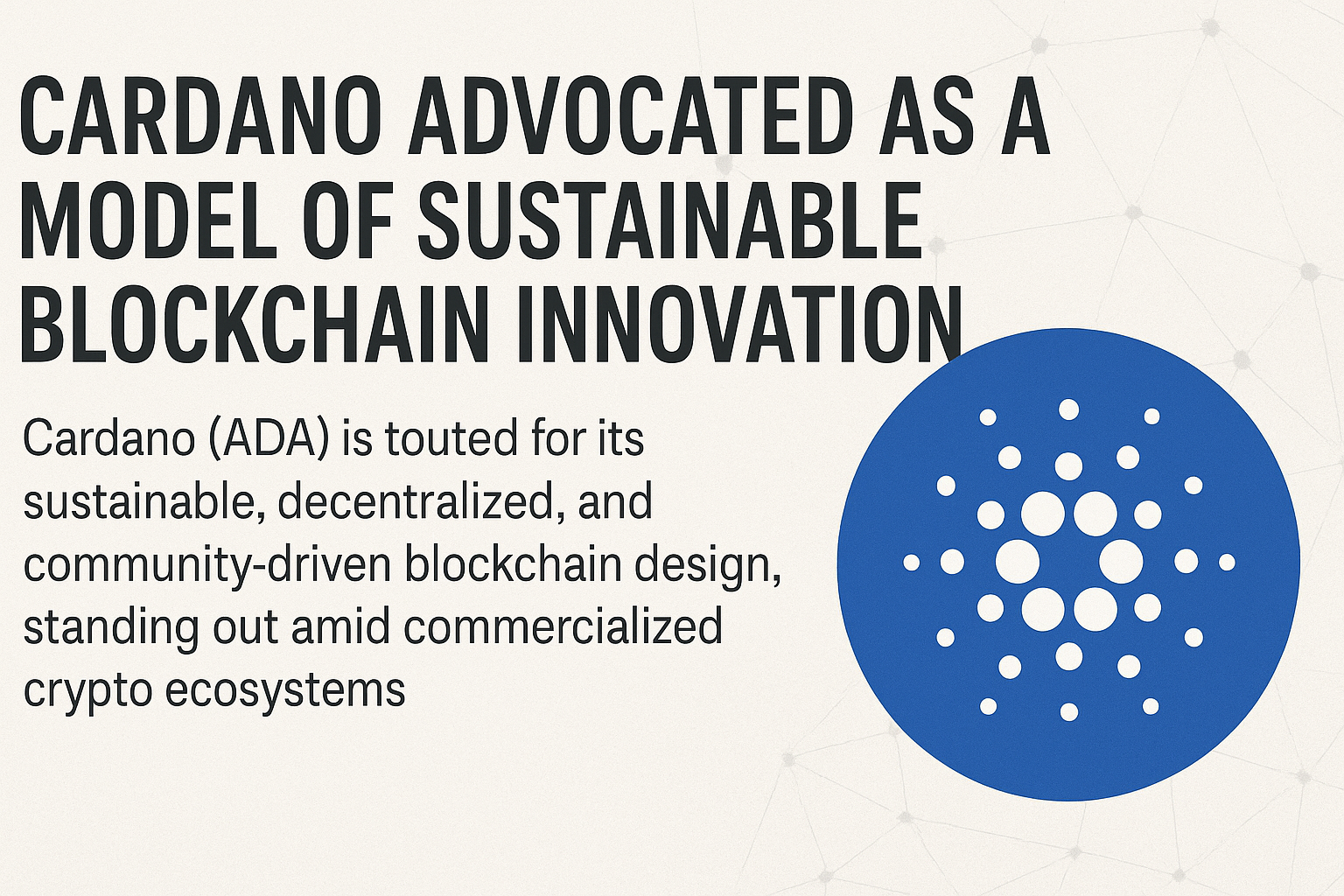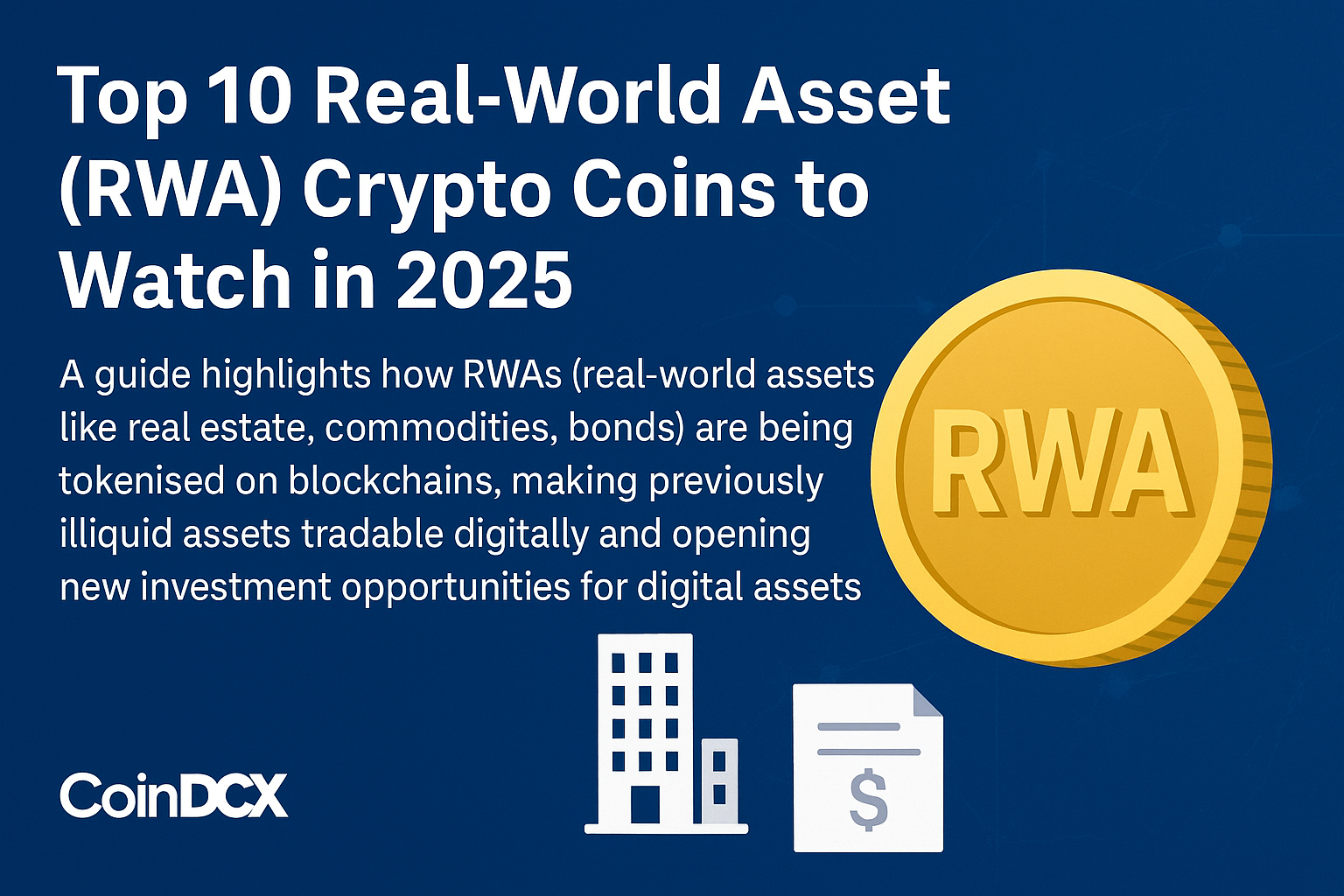In an industry often dominated by hype cycles, speculative trading, and the relentless pursuit of short-term profits, Cardano (ADA) has carved out a different narrative. Rather than chasing quick wins, Cardano has become a showcase for how blockchain technology can evolve with sustainability, decentralization, and rigorous scientific principles at its core.
Unlike many commercialized crypto ecosystems that prioritize marketing over technical depth, Cardano’s development has followed a research-first approach. Every update, from consensus mechanisms to smart contract capabilities, undergoes peer review by academics and industry experts. This deliberate pace may not generate the immediate headlines of other blockchains, but it has built a foundation designed to last.
At the heart of Cardano’s innovation is its Ouroboros proof-of-stake protocol, an energy-efficient alternative to proof-of-work systems. By dramatically reducing power consumption, Cardano has positioned itself as an environmentally responsible platform—a key consideration in an era where digital sustainability is under increasing scrutiny.
Moreover, Cardano’s governance structure empowers its global community. Token holders play an active role in decision-making through Project Catalyst, one of the largest decentralized innovation funds in crypto. This ensures that the network grows in alignment with its users’ vision rather than the interests of a small group of insiders.
Real-world use cases are also taking shape. From supporting financial inclusion in developing nations to facilitating secure supply chain tracking, Cardano aims to be more than just a speculative asset. Its ecosystem prioritizes long-term impact over short-term price movements, proving that blockchain innovation doesn’t have to come at the expense of sustainability or transparency.
As governments, businesses, and individuals demand greener technology and greater accountability from digital systems, Cardano’s approach offers a blueprint for how blockchain can serve humanity—not just capital markets. It’s a reminder that in crypto’s race for dominance, thoughtful design and community governance may prove to be the most valuable assets of all.




